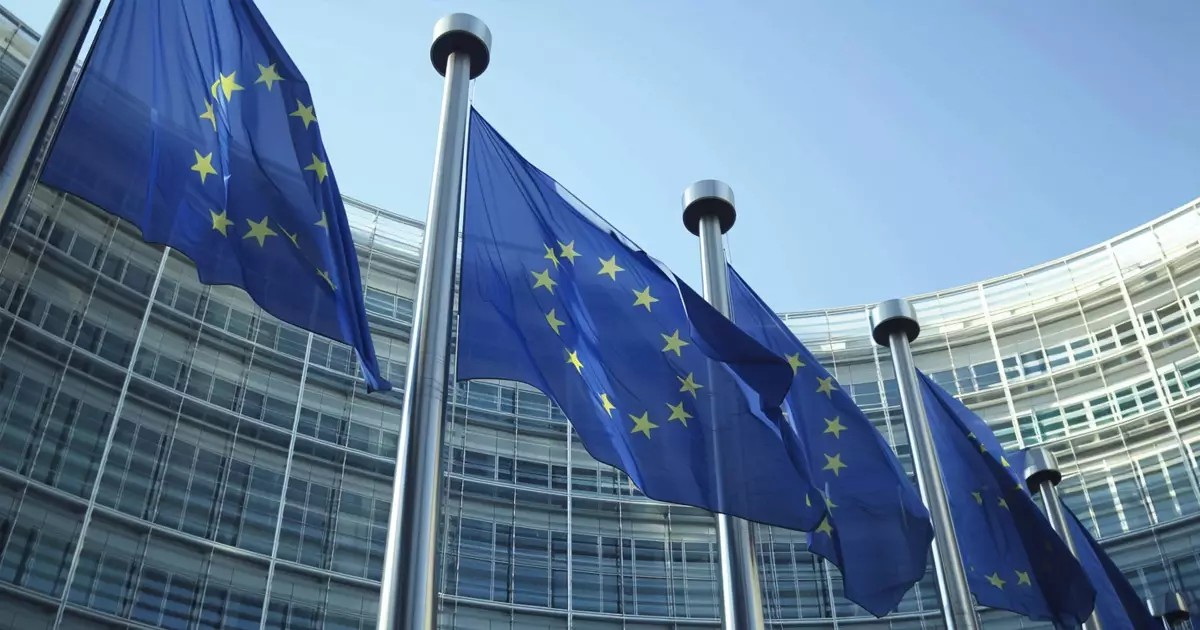In a rapidly shifting digital landscape, the European Union’s Markets in Crypto-Assets (MiCA) regulation has emerged as a beacon for the crypto industry, instigating transformative changes that can redefine how cryptocurrencies operate within Europe and potentially the world. Established in 2020, MiCA aims not only to bolster investor protection but also to create a framework that aligns with the needs of a digital economy increasingly reliant on blockchain technology.
MiCA signifies a pivotal shift in how the cryptocurrency sector is viewed and regulated across Europe. For years, skeptics have branded Europe as a secondary player in the global crypto arena, largely overshadowed by the advancements and regulatory frameworks established in the U.S. and Asia. However, MiCA presents an opportunity that could enable European firms to leap ahead, potentially positioning the continent as a leader in responsible blockchain innovation. By mandating clearer compliance standards, MiCA offers the groundwork for businesses to enhance their offerings, fostering healthier competition and ushering in a new era of trust.
Recent announcements, such as Coinbase’s plans to delist stablecoins from unauthorized providers by 2024 to align with MiCA guidelines, illustrate that companies are taking proactive steps towards compliance. This move is particularly significant as it involves major players like Tether, the largest stablecoin by market capitalization. Tether’s commitment to develop a “technology-based solution” to meet regulatory demands further underscores the pressure that MiCA exerts, compelling crypto entities to adapt and innovate in the face of compliance challenges.
The historical context of regulations can offer valuable lessons for MiCA. The introduction of the General Data Protection Regulation (GDPR) in 2016 serves as a pertinent comparison. Faced with evolving digital practices, GDPR became a global benchmark for data privacy, prompting businesses across all sectors to adopt stringent privacy controls or risk substantial penalties. Despite skepticism during its rollout, GDPR has since set the standard for personal data protection.
In a similar vein, MiCA has the potential to establish itself as a benchmark regulatory framework for cryptocurrencies. By delivering a cohesive structure for crypto-assets, MiCA addresses long-standing issues that have hampered the sector’s image—namely concerns around fraud, misinformation, and environmental impact. With stipulations that require crypto providers to disclose risks and promote sustainability, MiCA not only seeks to enhance trust but also aligns with global trends prioritizing corporate responsibility.
Fostering Transparency and Consumer Protection
One of MiCA’s most ambitious aspects is its push for transparency, especially concerning stablecoin issuers. With mandates ensuring that issuers transparently disclose their reserves, MiCA aims to mitigate risks associated with mismanagement and potential insolvency that have plagued the sector. This commitment to clarity is crucial in reinstating consumer confidence and enhancing the overall credibility of the crypto market.
Tether’s planned technological advancements resonate well with MiCA’s objectives. By focusing on delivering a safer and more secure stablecoin, Tether is responding to regulatory demands, marking a transformation in how stablecoins operate. The industry’s notable players, like Circle, have begun to heed the call for compliance; their adherence to regulations, evident in obtaining necessary licenses, demonstrates a longstanding commitment to investor protection and financial integrity.
The introduction of MiCA is also expected to unify the fragmented European crypto landscape. Currently, the diverse regulatory practices across member states can hinder the progress of compliant cryptocurrency activities, creating obstacles for businesses trying to operate on a continental scale. MiCA, with its comprehensive framework, could facilitate seamless operations, paving the way for compliant stablecoins to operate across the EU without the previous constraints imposed by individual licensing.
This unified approach could spur a ripple effect, encouraging compliant practices among other cryptocurrencies and enticing more businesses from traditional sectors to explore the advantages of crypto integration. By embedding compliance into the very fabric of the industry, MiCA could catalyze increased investment and adoption of cryptocurrencies, enriching the European economy.
Global Ripple Effects of Europe’s Regulatory Model
As MiCA navigates towards its full implementation in 2026, its implications may extend beyond Europe, setting a foundation for other regions to create their own regulatory frameworks. Just as the GDPR influenced global data protection laws, MiCA could inspire jurisdictions worldwide to rethink their approaches to cryptocurrency regulation. The clarity and depth of MiCA’s provisions stand in stark contrast to the disjointed strategies emerging in the U.S., providing a lighthouse for compliant practices that could reshape the global regulatory landscape.
MiCA represents more than just a regulatory framework; it showcases Europe’s potential to lead by example in the realm of cryptocurrencies. The groundwork laid by MiCA promises to nurture a more resilient and responsible crypto ecosystem capable of fostering innovation, attracting investment, and ultimately evolving the industry for the better. As the clock ticks down to full implementation, the expectation of a more secure crypto future beckons enticingly for all stakeholders involved.


















